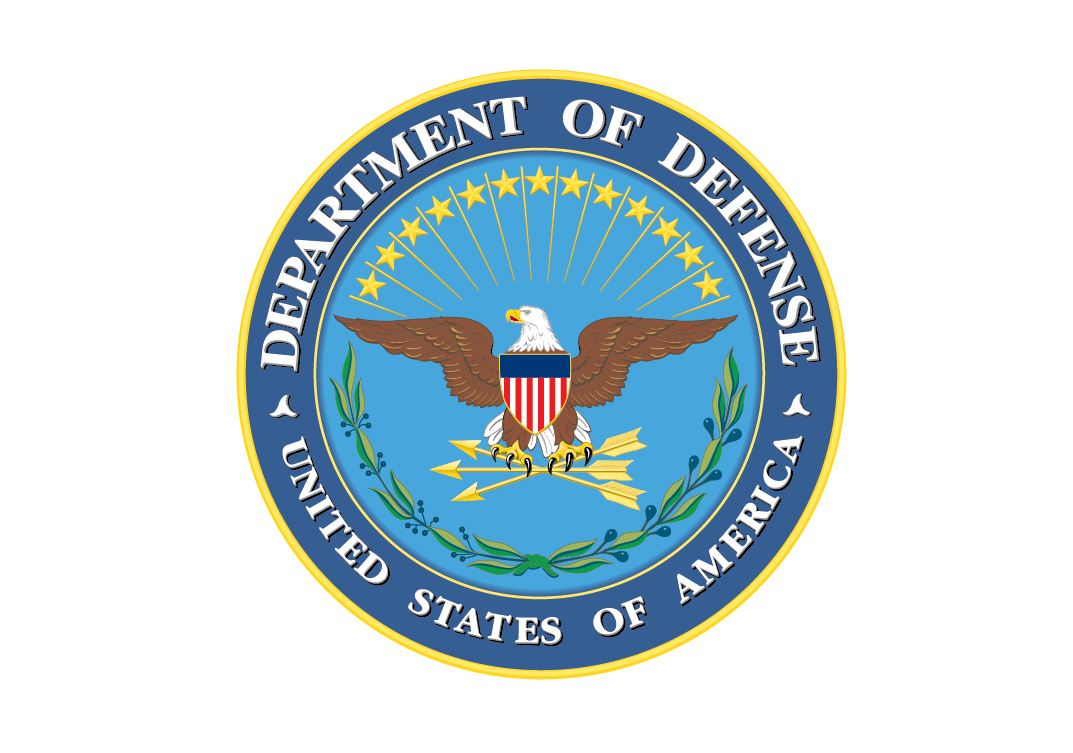.png)
NSIN Presents: Air Force Research Laboratory Grand Challenge #3
.png)
Grand Challenge Overview
The Air Force Research Laboratory (AFRL) seeks partners to develop high-rate entangled-photon sources. If successful, this effort could enable global quantum networks, networked quantum sensors, and distributed quantum computing.
The Challenge
Providing advanced entangled-photon sources (EPS) will allow the Department of Defense to field a next-generation air dominance system of systems bolstered by quantum information and technology. High-rate EPS (pair rates > 100 MHz) operating between 775-785 nm, with simultaneously narrow bandwidth (< 1 nm), high two-photon state fidelities (> .95) and high heralding efficiency (> 0.8 or > 0.4, depending on whether post-selection is used) could provide many potential advantages for DoD applications involving space-based quantum networks. Ideal solutions will be based on integrated photonics or at least be amenable to fiber coupling, i.e., support fiber coupling while maintaining high rates and high heralding efficiency. This will facilitate integration with current optical networks, as well as manufacturing scalability.
Despite advances in EPS, current technologies still suffer from drawbacks such as low efficiency (ratio of entangled pairs per pump photon), poor optical coupling (the entangled photons must be generated in well-defined spatial modes to be distributed over fiber or free space links), low heralding efficiency (ratio of coincidence rate to the product of the singles rates), and poor scaling of fidelity with the EPS rate. Innovative research and development that resolves several of these limitations would greatly advance DoD capabilities.
This challenge aims to identify a suitable EPS technology that meets the technical requirements of rate, bandwidth, fidelity, and heralding efficiency. The Solvers will not have to transfer their exclusive IP rights to the Seeker to receive an award. Instead, they will grant to the Seeker Government Purpose Rights to build their solutions. This challenge is open to US companies, U.S. Universities in the U.S. This competition is restricted to participation from teams led by a U.S. citizen. Collaborators (e.g., employees, students) may be citizens of NATO countries, Australia, or New Zealand.
Grand Challenge Details
- What: AFRL High-Rate Entangled Photon Sources Enabling Quantum Networks Grand Challenge
- When: Oct. 3 – Nov. 2, 2022 (white papers submissions); Nov. 3, 2022 – Sep. 15, 2023 (technical execution)
- Where: Virtual
- Who: Open to US companies, U.S. Universities in the U.S. This competition is restricted to participation from teams led by a U.S. citizen. Collaborators (e.g., employees, students) may be citizens of NATO countries, Australia, or New Zealand.
- Why: Problem solvers with skill sets in quantum optics can win a $500,000 contract, awarded in four phases, to develop high-rate entangled-photon sources.
Learn More
Join us for Q&A chat sessions via the IdeaScale platform on Oct. 12, 1 - 2 p.m. (ET).
Access Grand Challenge #3
To participate in the challenge, teams will need to create an account on IdeaScale. Upon registration teams will receive a verification email. Check your spam folder if the verification email is not received. Please contact challenges@nsin.mil for questions about IdeaScale registration. All relevant information regarding this Challenge can be found via the following link to the IdeaScale platform:
Partners
***Distribution A. Approved for public release: distribution unlimited. Case Number: AFRL-2022-3547
